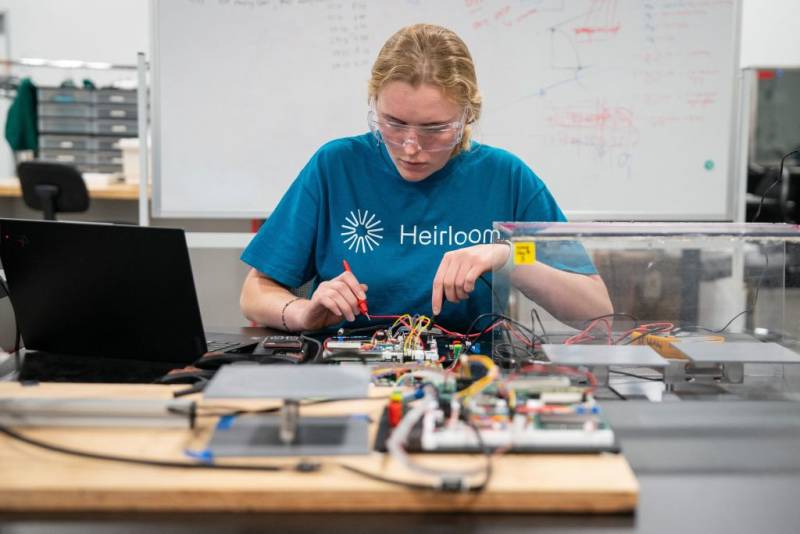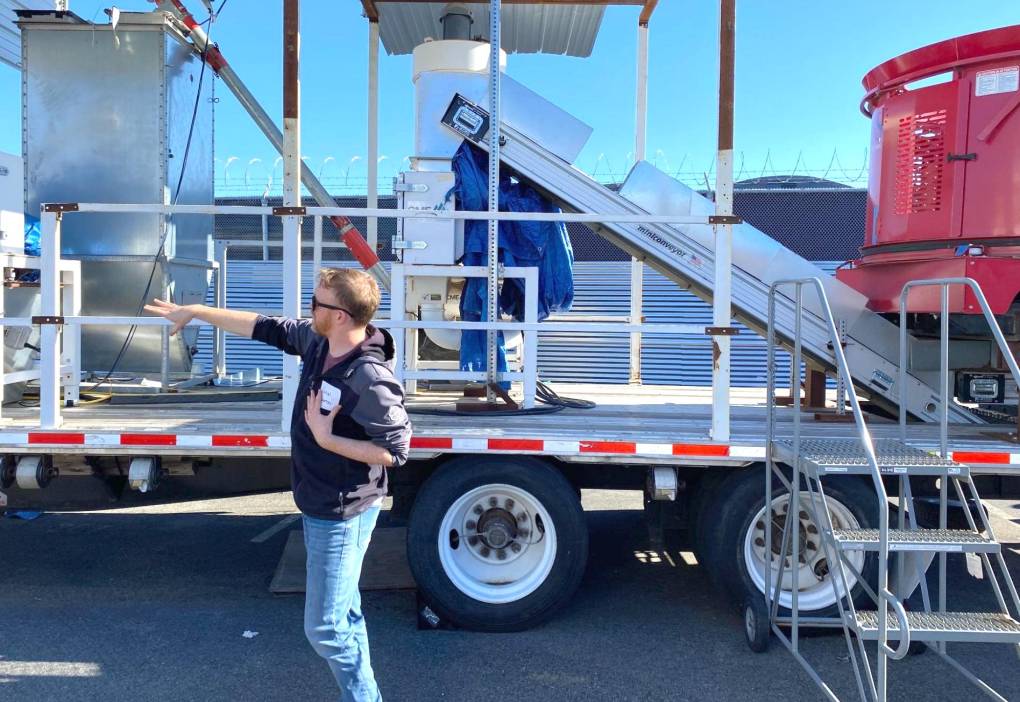The legislation would also establish guardrails for the carbon-removal industry, including how long the pulled carbon dioxide must be stored for — whether that be in deep underground wells, concrete, the ocean or other locations. It would also mandate that companies directly involve communities who live near project sites. Additionally, it would require that the efforts be focused on true carbon dioxide removal rather than projects used to extract oil from an existing well — a process known as enhanced oil recovery.
Carbon removal means pulling the gas out of the atmosphere through either nature-based approaches — like conserving existing wetlands — or through technological engineering methods that speed the process of carbon dioxide absorption using air, rocks, land and oceans and then sequester it.
Carbon removal is different from carbon capture, which involves trapping greenhouse gasses at their source of emissions — like smokestacks — a process environmentalists have criticized as allowing fossil-fuel companies to continue burning gases that warm the planet.
Supporters of Becker’s bill, including carbon-removal companies and some environmental groups, emphasize that first and foremost, California must reduce emissions, like the pollution that comes from smokestacks and tailpipes. However, they argue that the gas must also be pulled from the atmosphere to meet the state’s goal of carbon neutrality by 2045. Realizing that goal means the state will have to remove as many carbon emissions from the atmosphere as it emits.
“This is a strategy that is necessary,” said Katelyn Roedner Sutter, California state director of the Environmental Defense Fund. “We have to design good rules now so we can start developing and scaling up these projects.”
However, a number of influential business groups, like the California Chamber of Commerce, oppose the bill, arguing it would be redundant and add unnecessary regulations.
Environmental justice groups, like the Central Valley Air Quality Coalition, also oppose the bill but for entirely different reasons. They say carbon dioxide removal projects are popping up across the Central Valley, directly impacting low-income communities there, and that the money would be better spent on cutting emissions in the first place.
“We accept that direct air capture is a part of California’s climate strategy,” said Katie Valenzuela, the coalition’s senior policy advocate and a Sacramento City Council member. “But we have deep concerns about potentially replicating some of the same harms that we see from traditional industrial processes.”
Valenzuela said she worries about how the projects might negatively impact local air quality and how the chemicals used in the process will be disposed of. The way the captured carbon will be transported through those communities and the consequences of the gas potentially leaking out of storage areas are also major concerns, she adds.
“Think about long term: Say there’s a leakage at a carbon storage site in 50 years. Whose job is it going to be to monitor that?” she asked. “Whose job is it going to be to pay for that?”

